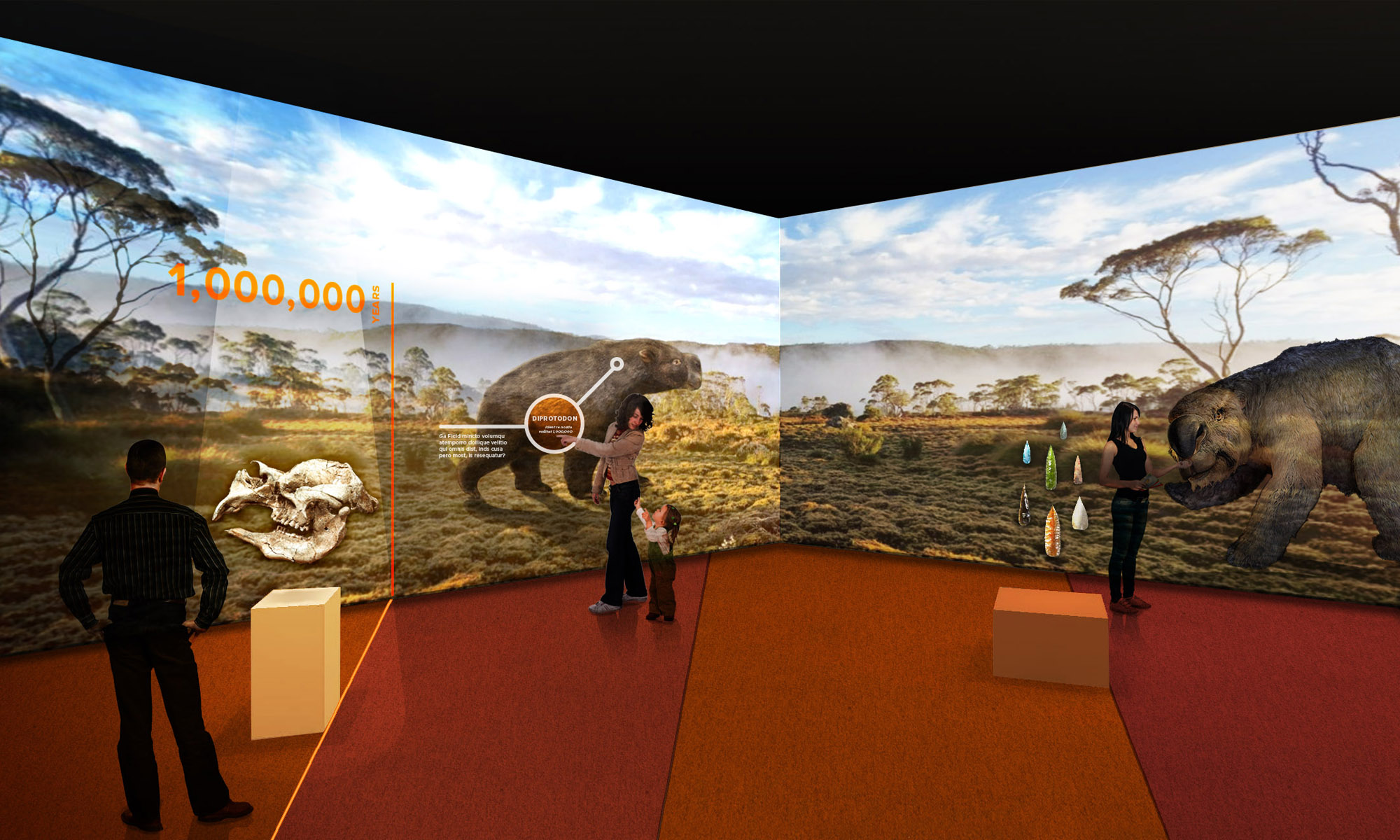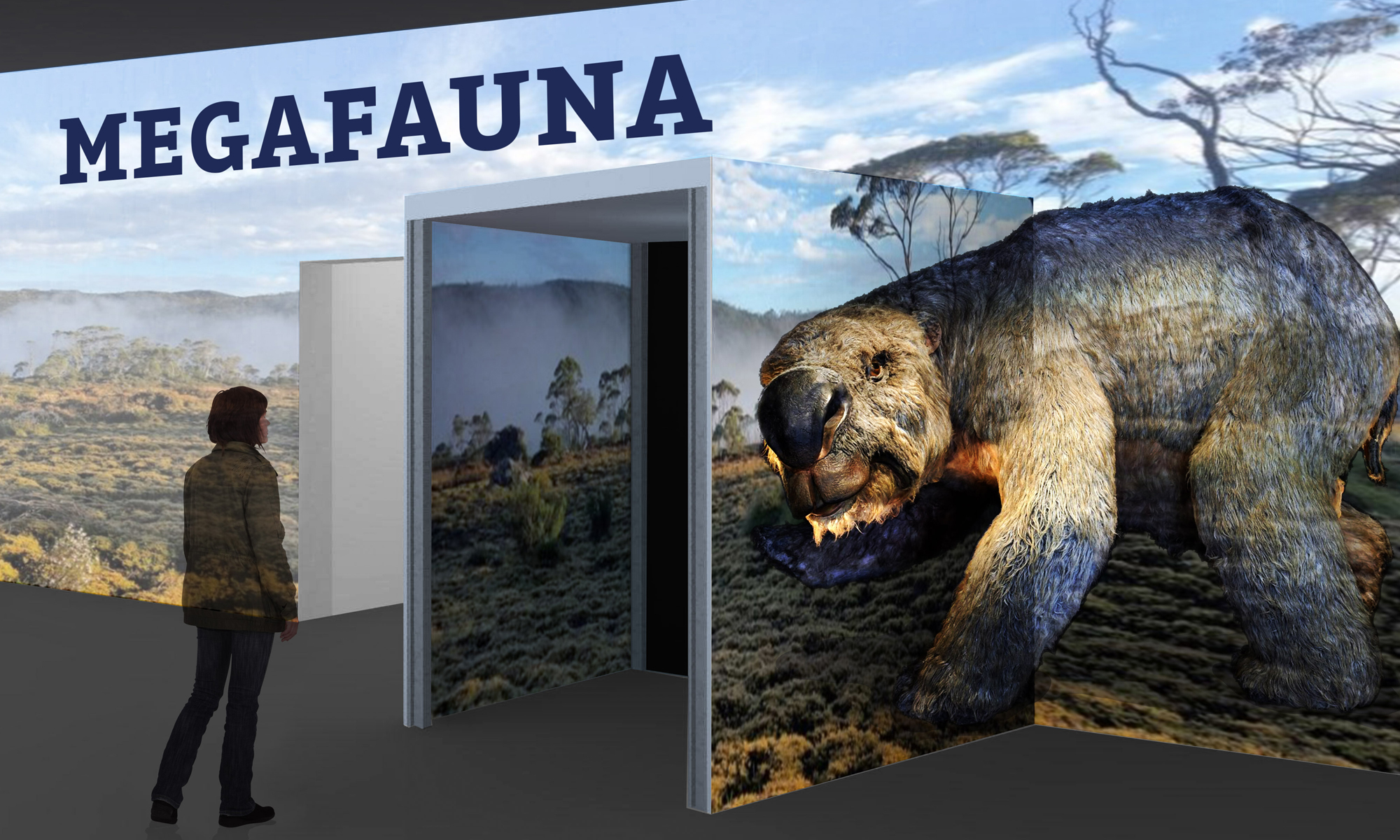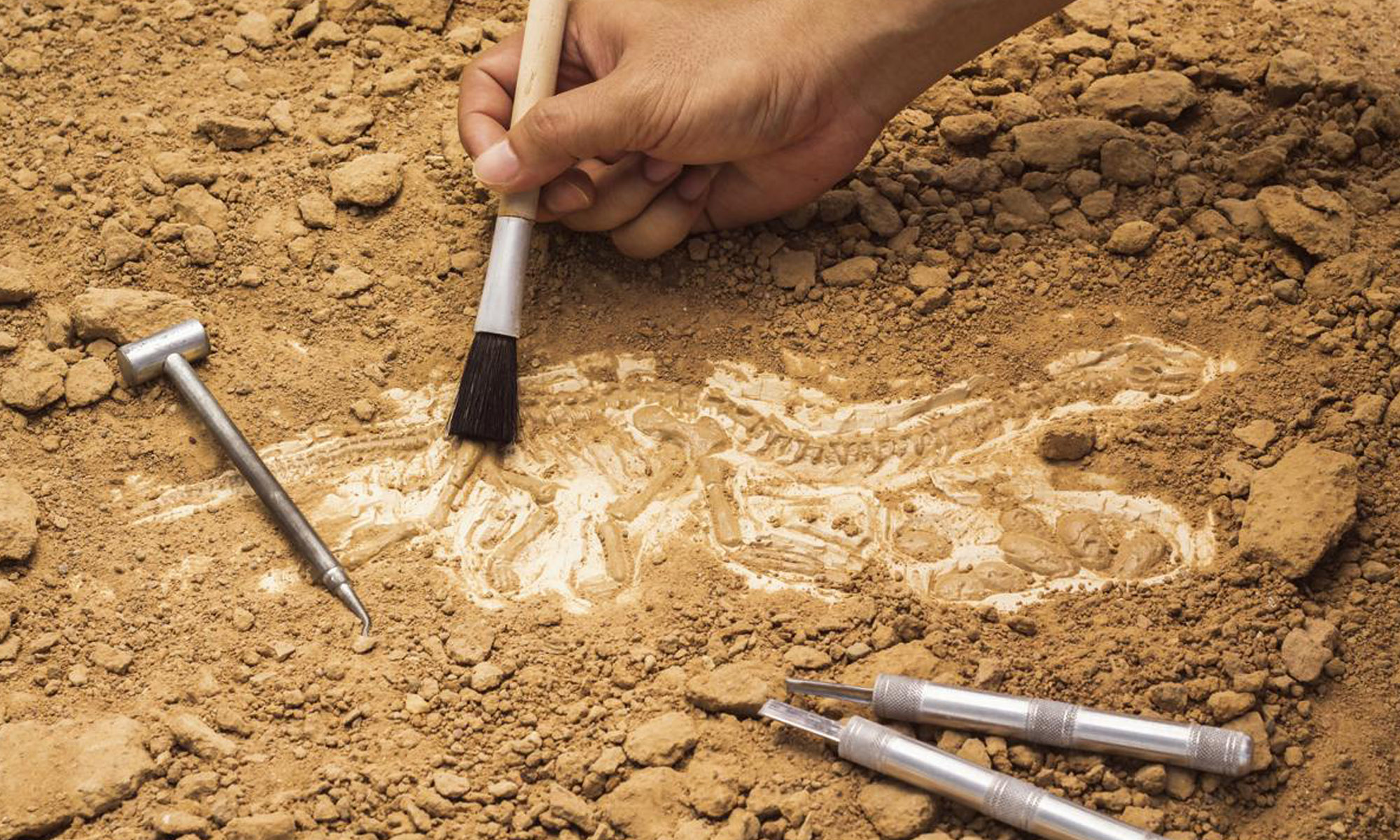Wellington Caves Interpretive Plan
MASTERPLANNING
Project Commenced: April 2019
Project Completed: November 2019
Thylacine’s role
- site assessment and content review
- advise on building fit-out
- interpretive design & planning
- concept development
- report-writing
- stakeholder engagement
Project overview
As well as being a popular tourist destination, Wellington Caves is a significant site of paleontological, archaeological and speleological research. Our Interpretive Plan for the site united existing interpretive content and assets with the Cave’s new Visitor Experience Centre, mapping an exciting vision for the future.
Working with a small but highly engaged team of stakeholders, Thylacine undertook a review of the existing interpretive assets, including cave tours, the Field of Fossils, and Sibbald’s Cottage museum. We identified the key messages that Wellington Caves wanted to focus on, and, building on these, created a thematic framework based on the remarkable ‘windows to the past’ found in the site’s landscape.
Key deliverables
In considering a suitable thematic framework for the richness and complexity of the Wellington Caves site, it was imperative to create a structure that both accurately encompassed the site content and represented the best approach for facilitating visitor understanding. Using time as the framing device through which all the experiences of the site are constructed grants visitors a familiar cognitive entry point—almost everyone, aside from the very young, has a concept of how long a year is. Through interpretation spanning the entire site, visitors are supported to gain an appreciation of geological time, and the important role played by Wellington Caves Reserve, which holds significant evidence of the processes of evolution and geology, spanning from 400 million years ago, to today.
We chose to focus the interpretive framework on the site as a landscape that gives windows or ‘snapshots’ into different periods of time. The Ancient Landscapes: Snapshots through Time framework hinged on four key themes:
- Ancient seas—400M years ago: (the Devonian)
- Megafauna—1M years ago: (the Plio-Pleistocene)
- First Peoples of this land—50,000 years ago: (the Pre-historic)
- Recent history—1788 to today: (the Anthropocene).
Sub-themes for interpretation were also identified, while existing content (eg cave tours) was integrated, with a new structure for tours proposed, shaping their content to highlight the four key themes of the interpretive framework.
New interpretive approaches were also envisioned within the report. These include the Megafauna Orientation and immersive theatre experience, the app-based Megafauna safari, and the “Science today” space, highlighting current research being undertaken on site.



